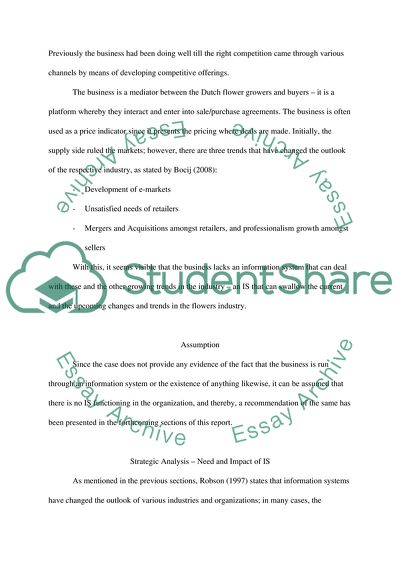Cite this document
(“Impact of Information Systems on Aalsmeer Flower Auction Essay”, n.d.)
Retrieved from https://studentshare.org/information-technology/1565049-information-systems-e-commerce-paper
Retrieved from https://studentshare.org/information-technology/1565049-information-systems-e-commerce-paper
(Impact of Information Systems on Aalsmeer Flower Auction Essay)
https://studentshare.org/information-technology/1565049-information-systems-e-commerce-paper.
https://studentshare.org/information-technology/1565049-information-systems-e-commerce-paper.
“Impact of Information Systems on Aalsmeer Flower Auction Essay”, n.d. https://studentshare.org/information-technology/1565049-information-systems-e-commerce-paper.


